The dental profession is experiencing massive changes as a result of the emergence of new technologies and advancements. The experienced dentist will take into consideration and, if needed adjust to these advancements but only after having a thorough understanding of the legal issues.
Digital radiography, for example is replacing X-rays by tools that provide a more precise visualisation while also providing patients with less radiation. Intraoral cameras allow dentists to capture clear images of difficult-to-see regions within the oral cavity. This helps patients be more informed about their options for treatment and aid them in taking better care of their oral health at home.
Other advancements include CAD/CAM technology that make it possible to create custom-made bridges and crowns, without the necessity of messy molds. Dental lasers are being used for a variety of reasons for precision gum contouring, painless detection of cavities, and more. The creation of biomaterials that are more resistant to wear and tear, and that can be matched in color and transparency to the natural teeth of the patient provides new solutions for restoration of teeth and periodontal treatment.
Teledentistry enables the disabled, elderly, and remote populations to access dental care. A telehealth platform enables dentists to capture images take notes on clinical conditions and talk to patients using video chat software. Dental labs are also being transformed through 3D printing. This allows them to print custom prosthetics and surgical guide. This speedily reduces turnaround time and enables better, more precise fitting restorations.
https://riccardodegni.it/2021/09/01/managed-vps-vs-unmanaged-vps/

Comentarios recientes